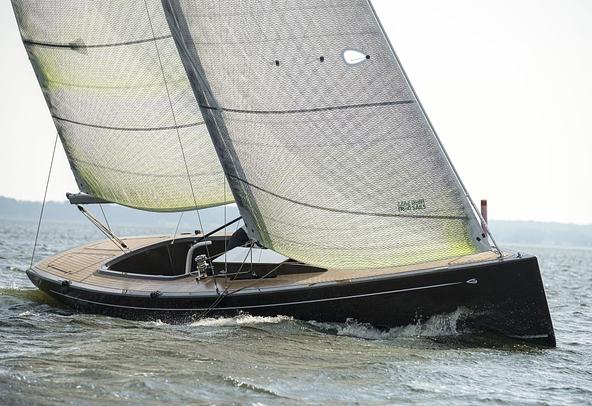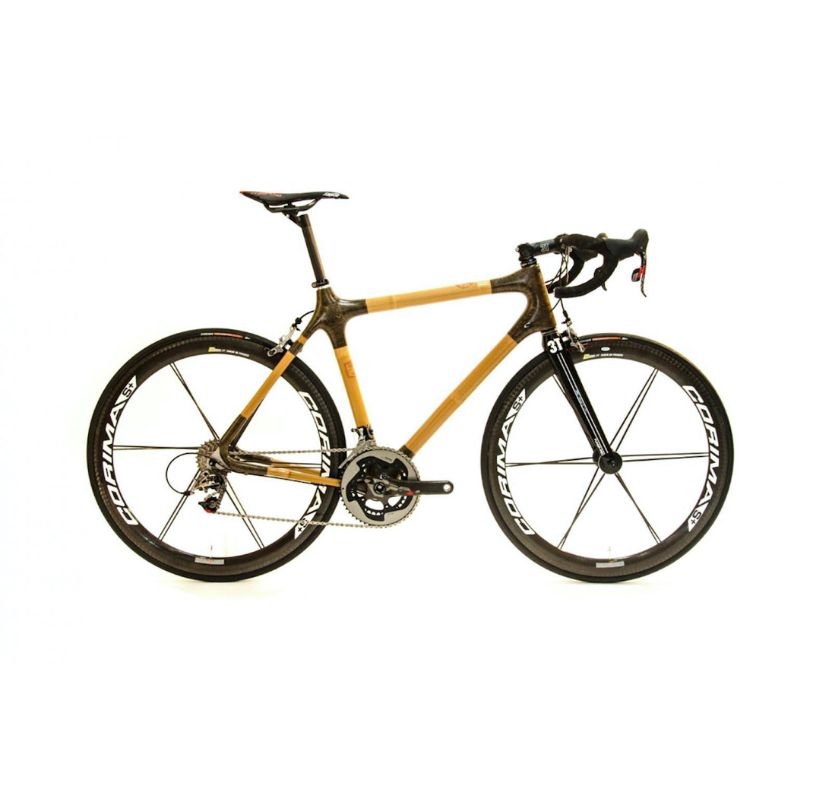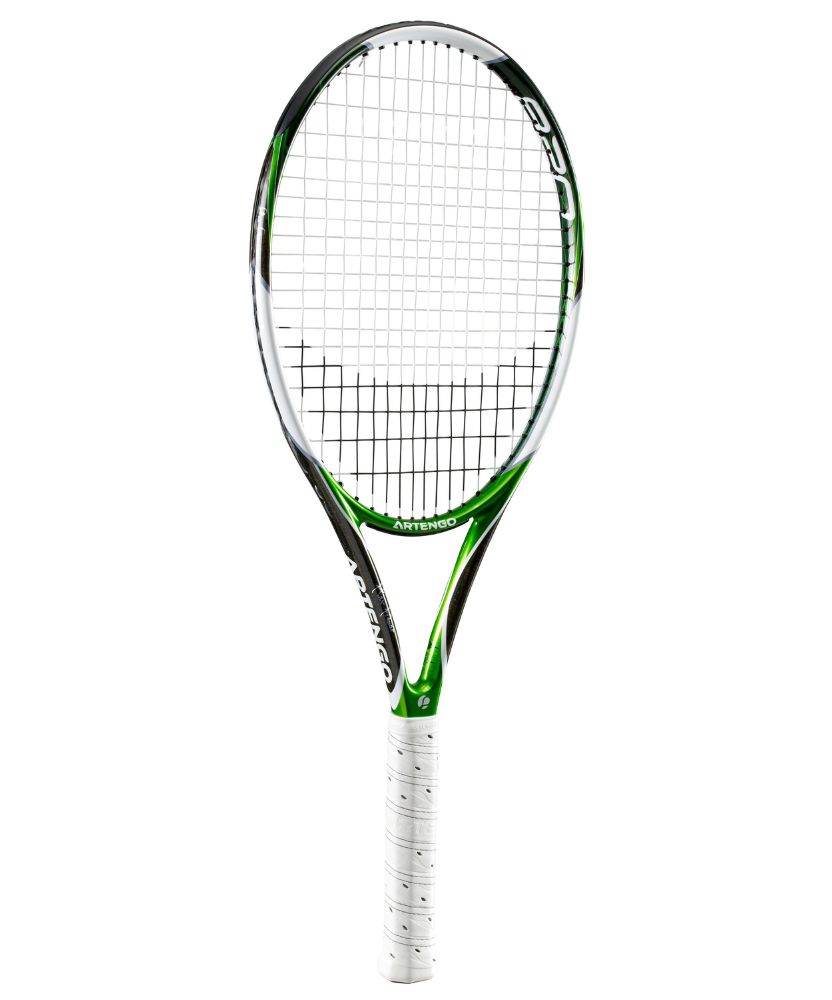Flax takes sports and leisure to new heights
Through its intrinsic technical properties, flax fibre is in demand in the production of composites. It is used in automotive and aerospace applications, and also in sports and leisure equipment, where it helps to improve performance.




